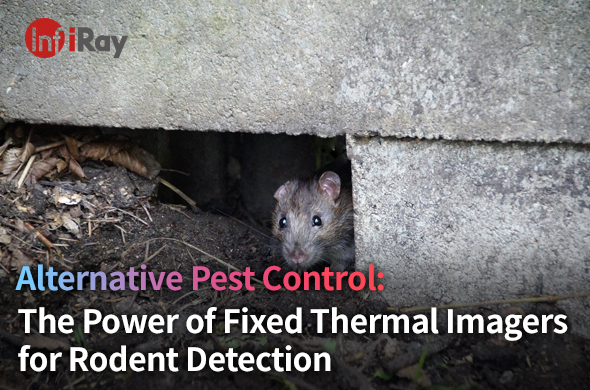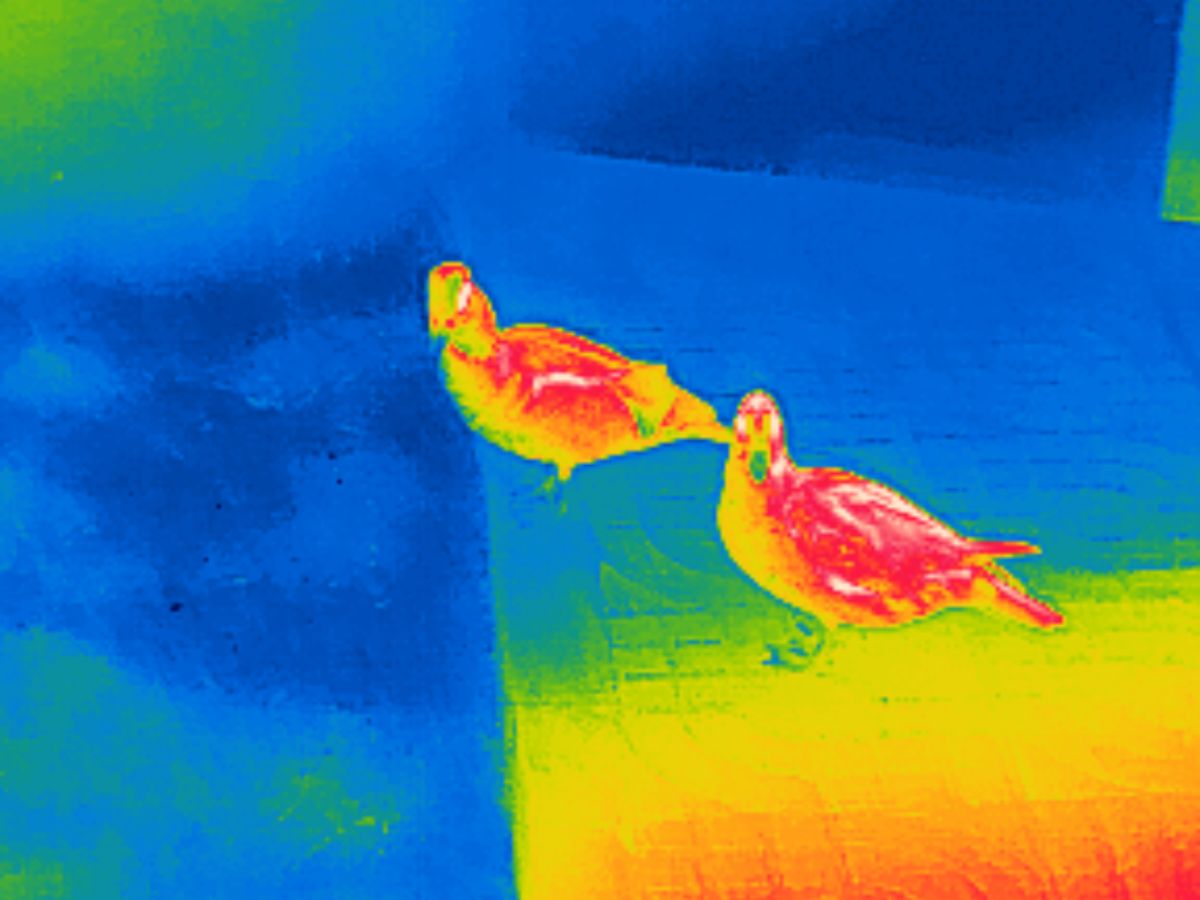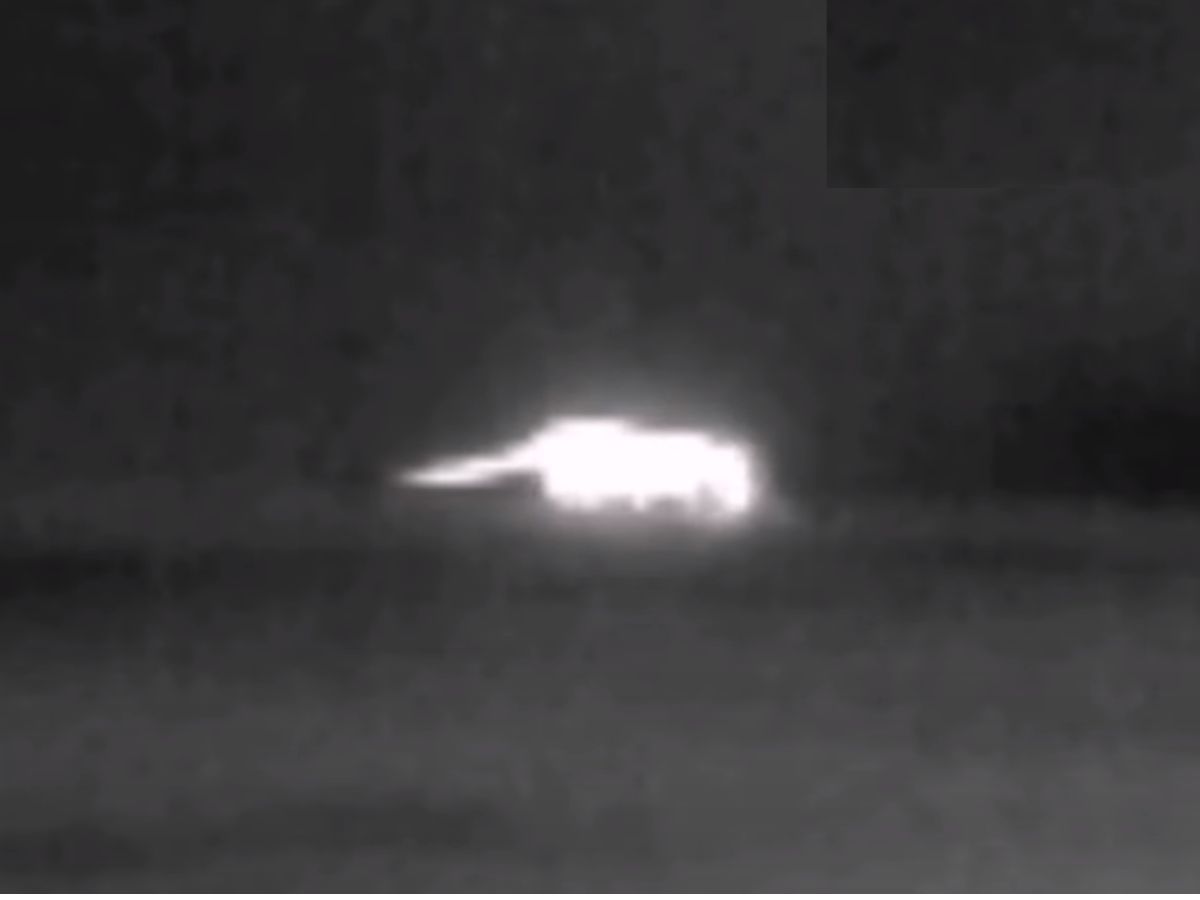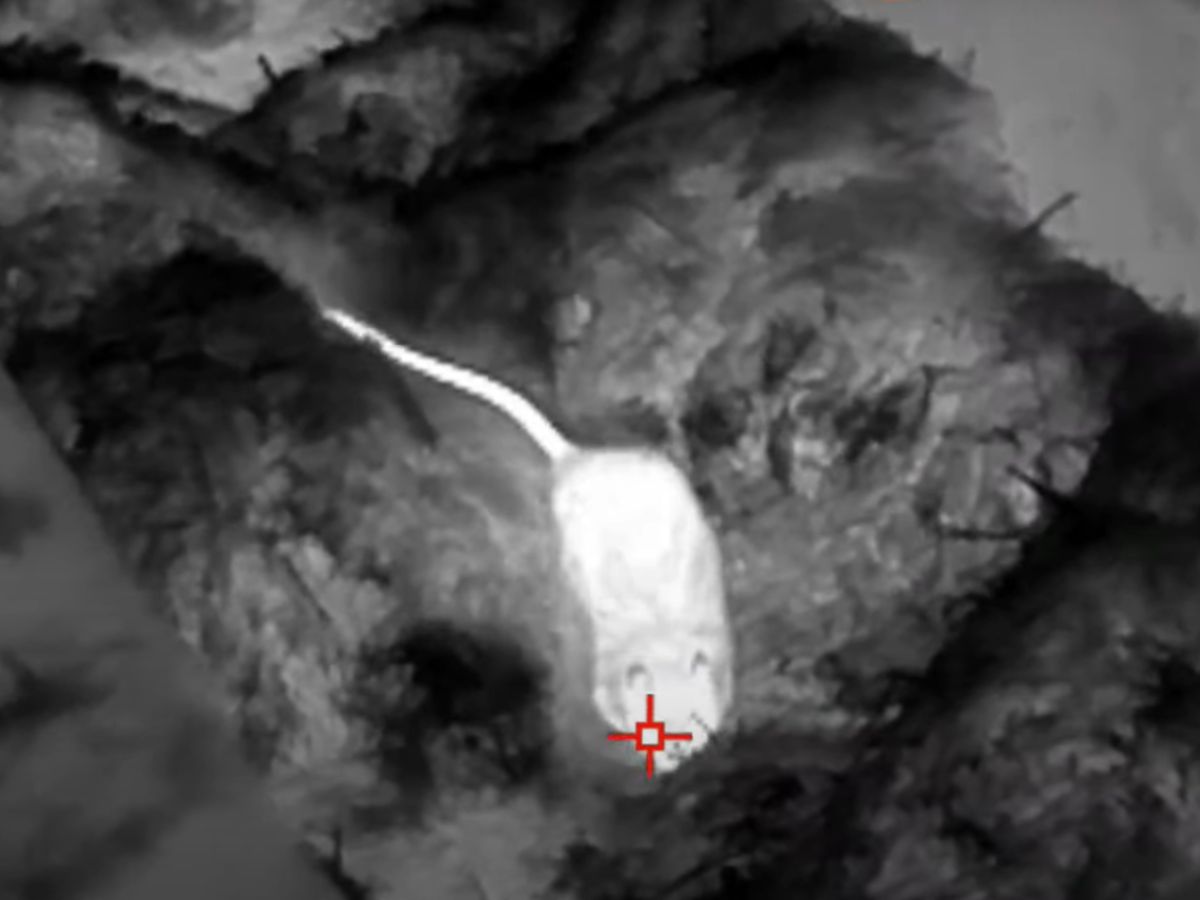Alternative Pest Control: The Power of Fixed Thermal Imagers for Rodent Detection

Pest control has long been a battle of wits and persistence. Traditional methods, while effective to some extent, often fall short in providing a comprehensive solution to rodent infestations. But what if there was a way to detect these elusive creatures with greater precision and efficiency? Enter fixed thermal imagers, a cutting-edge technology that is changing the game in pest management.
The Challenge of Rodent Infestations
Rodents are notorious for their ability to infiltrate homes and businesses, causing damage and posing health risks. They are elusive, nocturnal creatures that are difficult to detect with the naked eye. Traditional methods of rodent detection often rely on traps and poison, which can be slow and unreliable. There is a need for a more proactive and efficient approach to pest control.
The Impact of Rodents on Health and Property
Rodents can cause significant damage to property, gnawing through wires, insulation, and structural materials. They also pose serious health risks, as they can carry diseases and allergens. Early detection and control of rodent infestations are crucial to minimize these risks.

The Rise of Fixed Thermal Imagers in Pest Control
Thermal imaging technology has been around for some time, but its application in pest control is a relatively new development. Fixed thermal imagers use infrared technology to detect heat signatures, allowing them to spot rodents even in the dark or through dense foliage.
How Thermal Imagers Detect Rodents
The principle behind thermal imaging is simple yet powerful. All living creatures emit heat as a byproduct of metabolism. Fixed thermal imagers can detect these heat signatures from a distance, making it possible to locate rodents without disturbing them.

Benefits of Using Fixed Thermal Imagers for Rodent Detection
1. Non-Invasive Detection: Unlike traditional methods, thermal imaging does not require direct contact with the rodents, reducing the risk of disease transmission.
2. 24/7 Surveillance: Thermal imagers can operate around the clock, providing continuous surveillance of potential rodent hotspots.
3. High Detection Rates: The sensitivity of thermal imaging technology allows for the detection of even small rodents, increasing the chances of early infestation identification.
Case Study - Singapore's NEA Surveillance Trial
In a notable application of thermal imaging technology, the National Environment Agency (NEA) in Singapore conducted a surveillance trial using thermal imaging cameras to detect rats. The trial demonstrated the effectiveness of thermal imaging in identifying and monitoring rodent populations, offering a promising alternative to traditional pest control methods.

Choosing the Right Fixed Thermal Imager for Your Needs
Selecting the right fixed thermal imager involves considering several factors:
1. Resolution and Sensitivity: Higher resolution and sensitivity will provide clearer images and better detection capabilities.
2. Range: The detection range should match the size of the area you need to monitor.
3. Durability: Given the outdoor and often harsh environments where these devices are used, durability is a key consideration.
Installation and Maintenance Tips
Proper installation and regular maintenance are crucial for the optimal performance of fixed thermal imagers. Follow the manufacturer's guidelines for installation and ensure regular cleaning and calibration to maintain accuracy.

The Future of Rodent Detection with Fixed Thermal Imagers
As technology continues to advance, we can expect even more sophisticated features in future models of fixed thermal imagers. Integration with AI and machine learning could lead to automated detection and reporting, further streamlining the pest control process.
Preparing for a Rodent-Free Environment
Once rodents are detected, it's important to act quickly to prevent further infestation. This may involve professional extermination services or implementing preventative measures such as sealing entry points and maintaining a clean environment.
Fixed thermal imagers offer a powerful and innovative approach to rodent detection, providing a more effective and efficient alternative to traditional pest control methods. By embracing this technology, we can take a more proactive stance against rodent infestations, protecting our health and property from these persistent pests.











